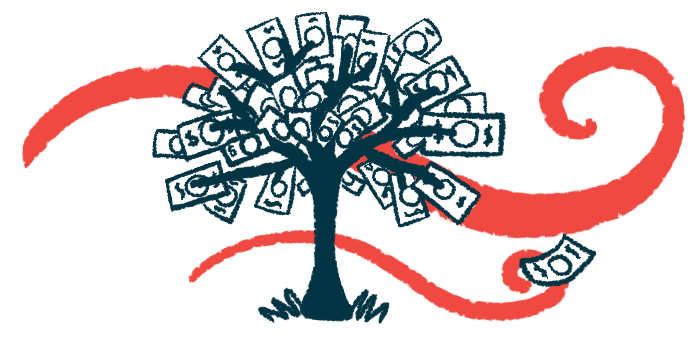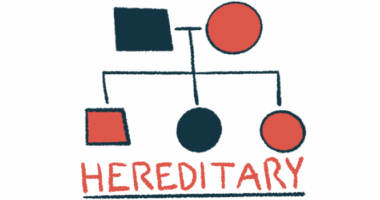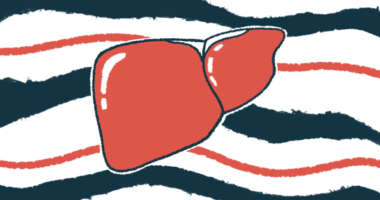BARE holds Live and Let Live(r) fundraising campaign
Supporters can 'sponsor a leaf' throughout July

Throughout July, the nonprofit Biliary Atresia Research & Education (BARE) is holding its Live and Let Live(r) fundraising campaign to raise money and awareness for biliary atresia, a serious liver disease that affects babies at the start of life.
With the theme “Sponsor A Leaf, Grow Hope,” the monthlong fundraiser is collecting donations to advance research aimed at improving outcomes for those with biliary atresia. Each donation adds a leaf to the Biliary Tree of Life, a symbol of support for research, connection, and care.
“With every gift, our tree will begin to bloom with color — each leaf a symbol of hope, progress, and the lives touched by your generosity. Together, we can grow something beautiful,” BARE wrote in an email to supporters.
Biliary atresia is a rare disease that occurs when the bile ducts — a network of tubes responsible for carrying the fat-digesting fluid bile from the liver to the intestines — are blocked or fail to develop normally.
This leads to slowed bile flow, or cholestasis. That can cause bile to accumulate to toxic levels in the liver, damaging the organ, and to leak into the bloodstream. Biliary atresia symptoms include jaundice (yellowing of the skin and eyes), dark urine, and pale stools, usually within the first weeks after birth.
Unfamiliar until it’s personal
While diagnosing biliary atresia early is key to starting prompt treatment and to preventing liver damage, the disorder can be difficult to distinguish from other liver diseases, as its symptoms overlap with other causes of cholestatic jaundice.
Because it is a rare disease, biliary atresia is unfamiliar to many until it suddenly becomes personal.
“Most people have never heard of [biliary atresia] — until it changes their child’s life forever. Until a parent is told their newborn needs a liver transplant to survive. Until a family faces long hospital stays, scary surgeries, and sleepless nights filled with questions and fear,” the association wrote in a Facebook post announcing the campaign. “That’s why BARE exists. And that’s why we need your help.”
A $25 green leaf funds education kits for newly diagnosed children; a $50 gold leaf helps cover travel grants for treatment; a $100 purple leaf provides mentorship and family resources; a $250 ruby leaf supports advocacy and awareness efforts; and a $500-plus legacy leaf fuels research into biliary atresia. Custom donation amounts are also welcome.
Anyone participating in the campaign can dedicate a donation to a loved one lost to biliary atresia.
“Sponsor a Leaf in their memory – your tribute adds a name to our growing tree of remembrance and hope,” the association wrote in a separate email.
According to a BARE post on Facebook, 38.1% of donations are used to support biliary atresia research, a similar percentage is used to increase education about the disease, and 23.8% to strengthen networks in the biliary atresia community.
“Your donation helps us provide real resources, push for medical breakthroughs, and honor every child and family touched by this disease,” Stephanie Skrede, BARE’s vice president and the mother of a child with biliary atresia, wrote in an association email. “Together, we can create hope for the children and families who need it most.”







